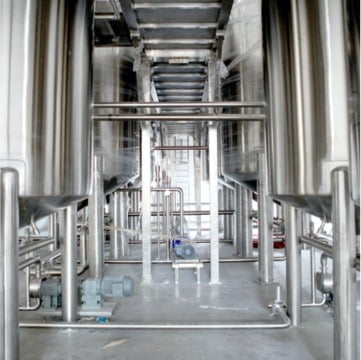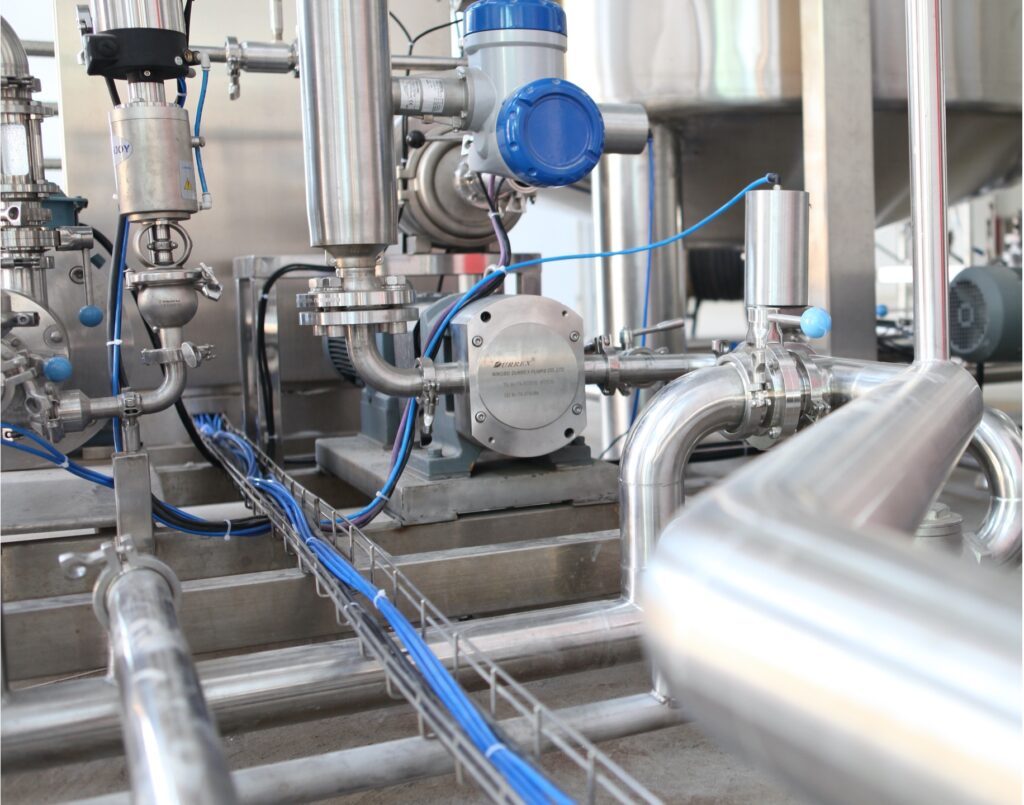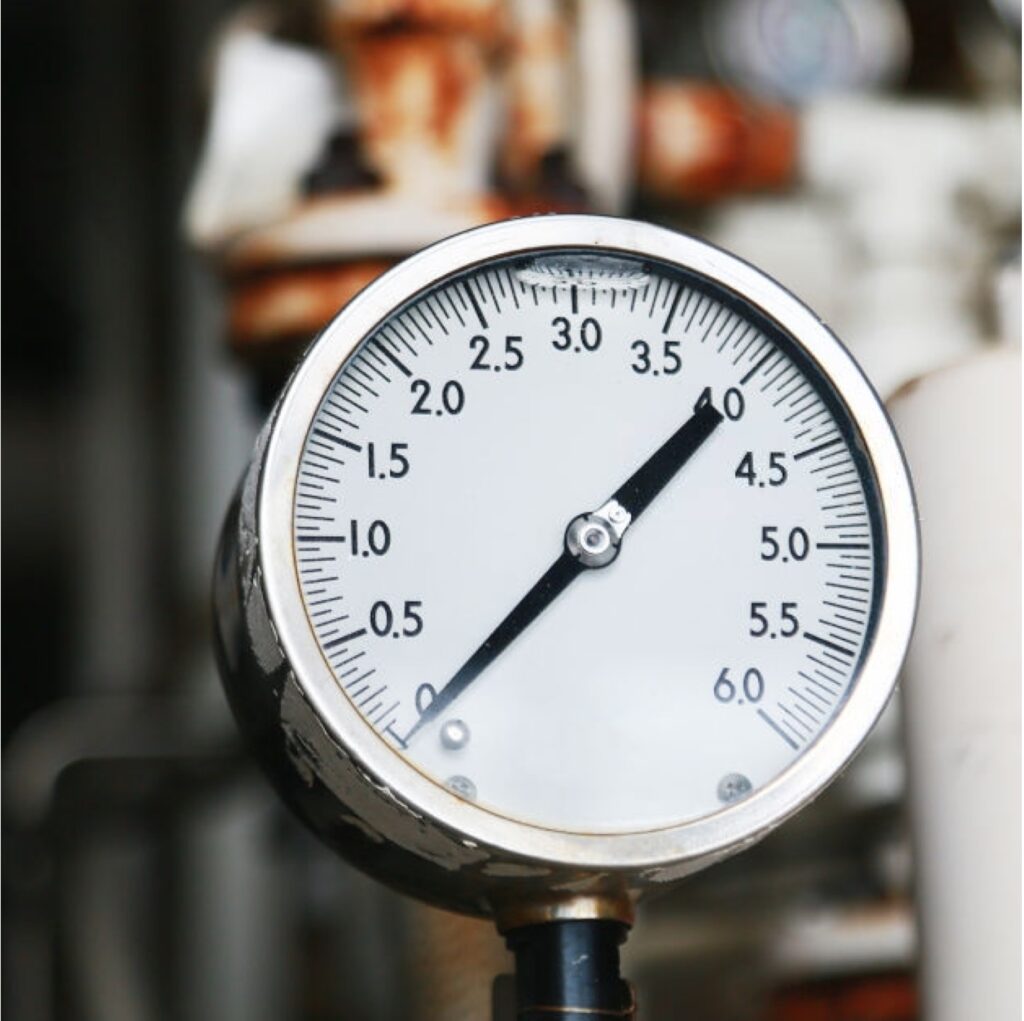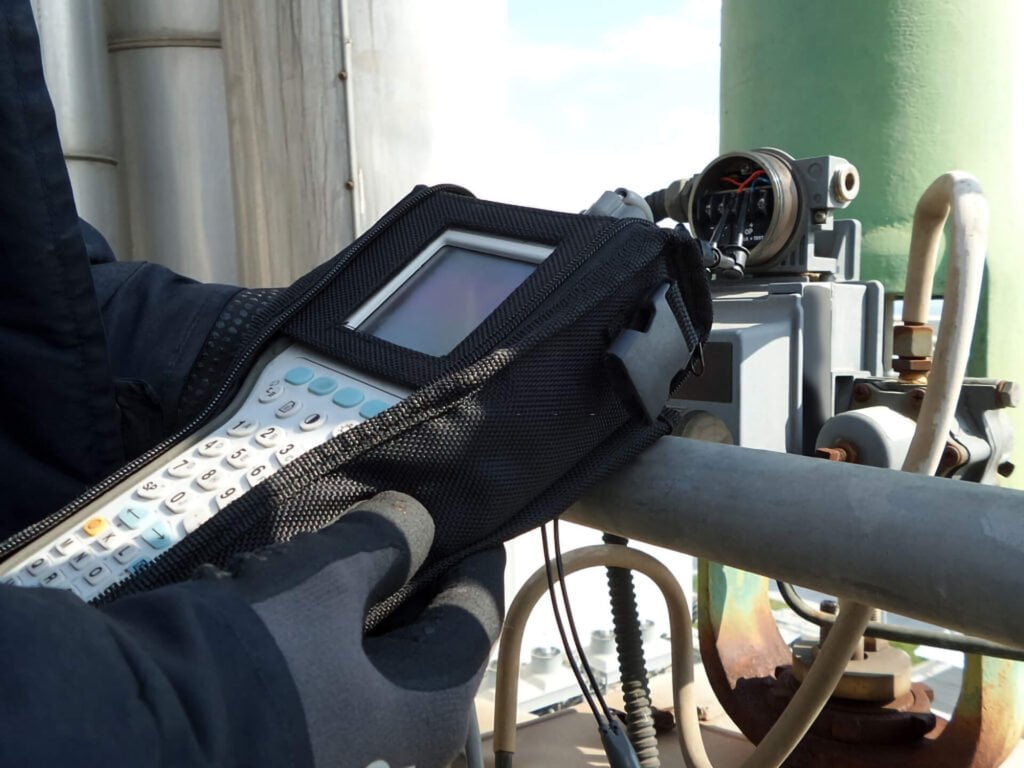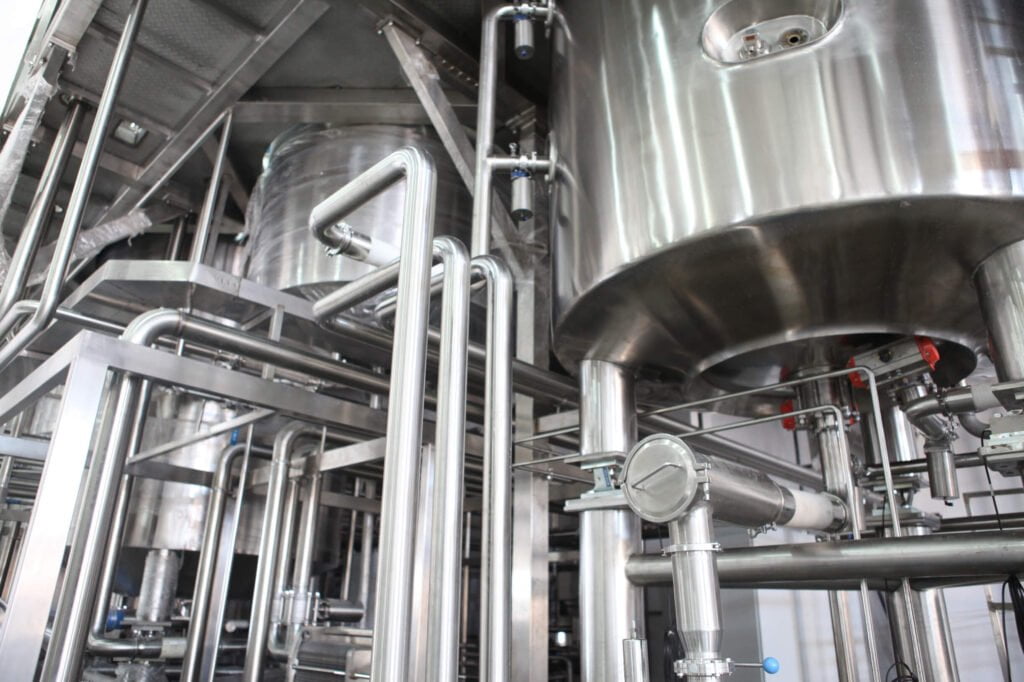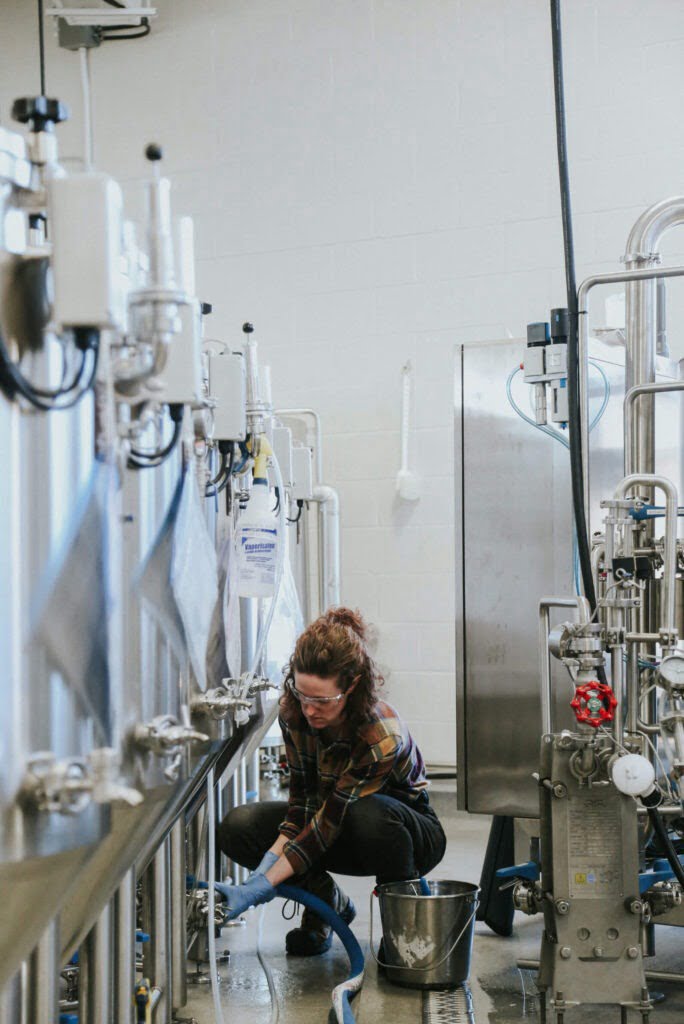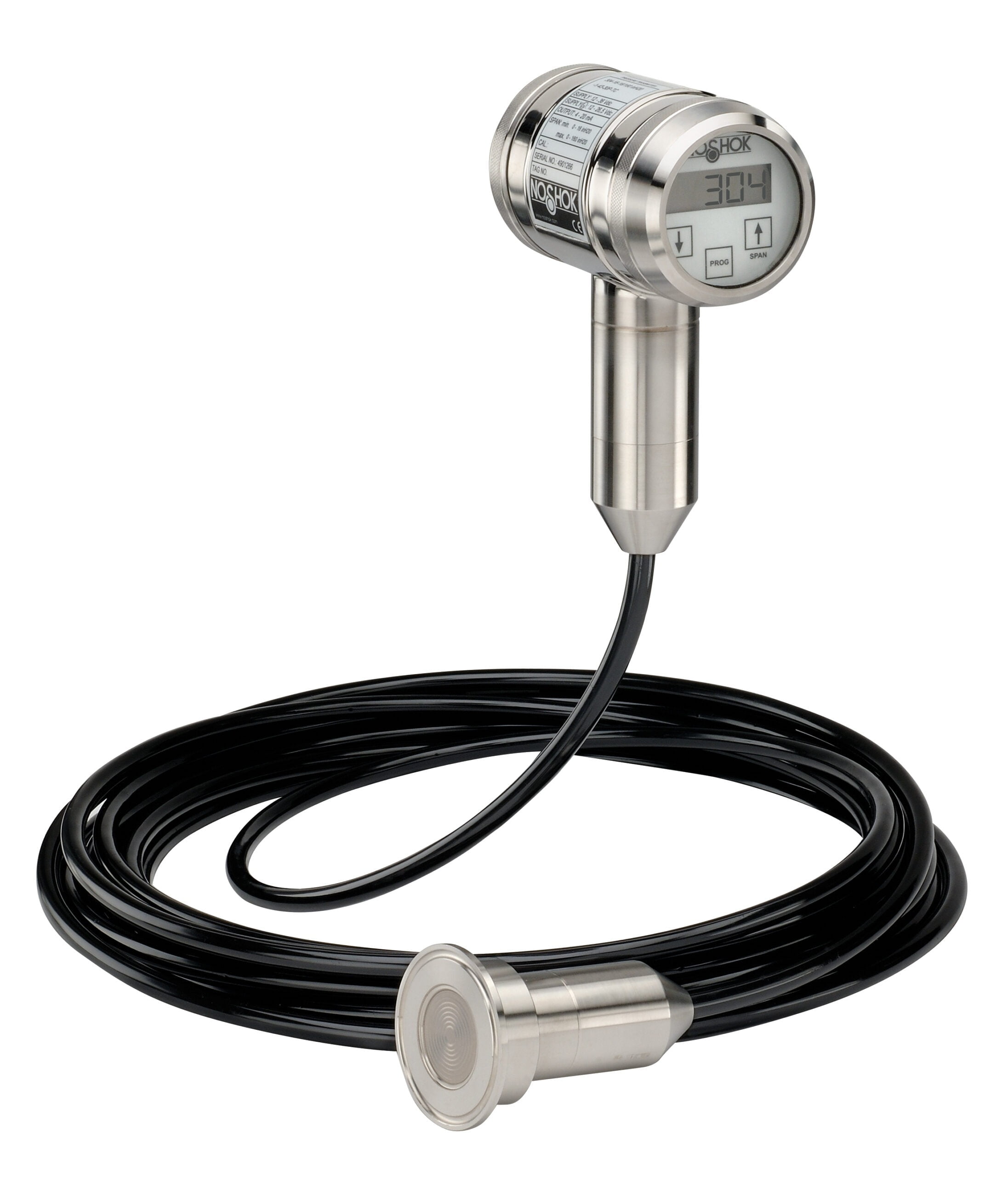
When it comes to industrial automation, environmental control, or precision-based processing — level sensors stand at the front line. These often-overlooked instruments provide critical data that keeps systems running safely, cleanly, and efficiently.
So, what are the applications of level sensors?
They range from simple tank level monitoring in irrigation to complex process control in chemical plants and custody transfer systems. From food processing to water treatment, level sensors are used to detect, measure, and monitor liquid level, bulk solids, and fluid interfaces across a vast range of industries.
Why Level Sensors Are at the Core of Industrial Progress
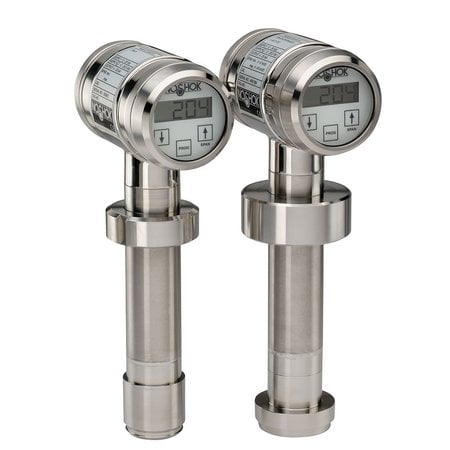
Water lIn modern industry, guessing just doesn’t cut it. Precision, consistency, and high accuracy are essential — especially when dealing with high pressure, corrosive liquids, or hygienic applications.
Level sensors are crucial for:
- Preventing overflows and underfills in tanks
- Enabling continuous level measurement for automated processes
- Facilitating safety interlocks and alarms for point level detection
- Maintaining compliance in regulated sectors like beverage industries and chemical processing
By delivering reliable measurement of levels, these sensors eliminate human error, reduce downtime, and drastically improve operational efficiency.
Key Industries Using Level Sensors
The versatility of level sensors is best illustrated by the wide scope of their real-world applications:
Manage collection tanks for rainwater harvesting or recycled wastewater
Mining
Monitor slurry levels and manage bulk solids with ultrasonic level sensors
Ensure safe operation in dusty environments and with suspended solids
Food and Beverage Industries
Ensure sterility in hygienic applications
Control tanks and silos with non contact continuous measurement
Monitor fluid levels with precision during batching and CIP cycles
Water Treatment
Detect conductive water and non-conductive mediums using conductive probe systems
Enable liquid level measurements for flow control, settling basins, and filter backwash
Chemical Processing
Handle chemical tanks containing two immiscible liquids
Measure with capacitance level sensors despite low dielectric constant challenges
Manage critical data for custody transfer and regulatory compliance
Oil and Gas
Maintain real-time interface control in immiscible liquids
Overcome interference from foam, air bubbles, and high temperatures
Agriculture and Environment
Automate tank refills and irrigations using point level sensors
Technologies Behind the Measurement
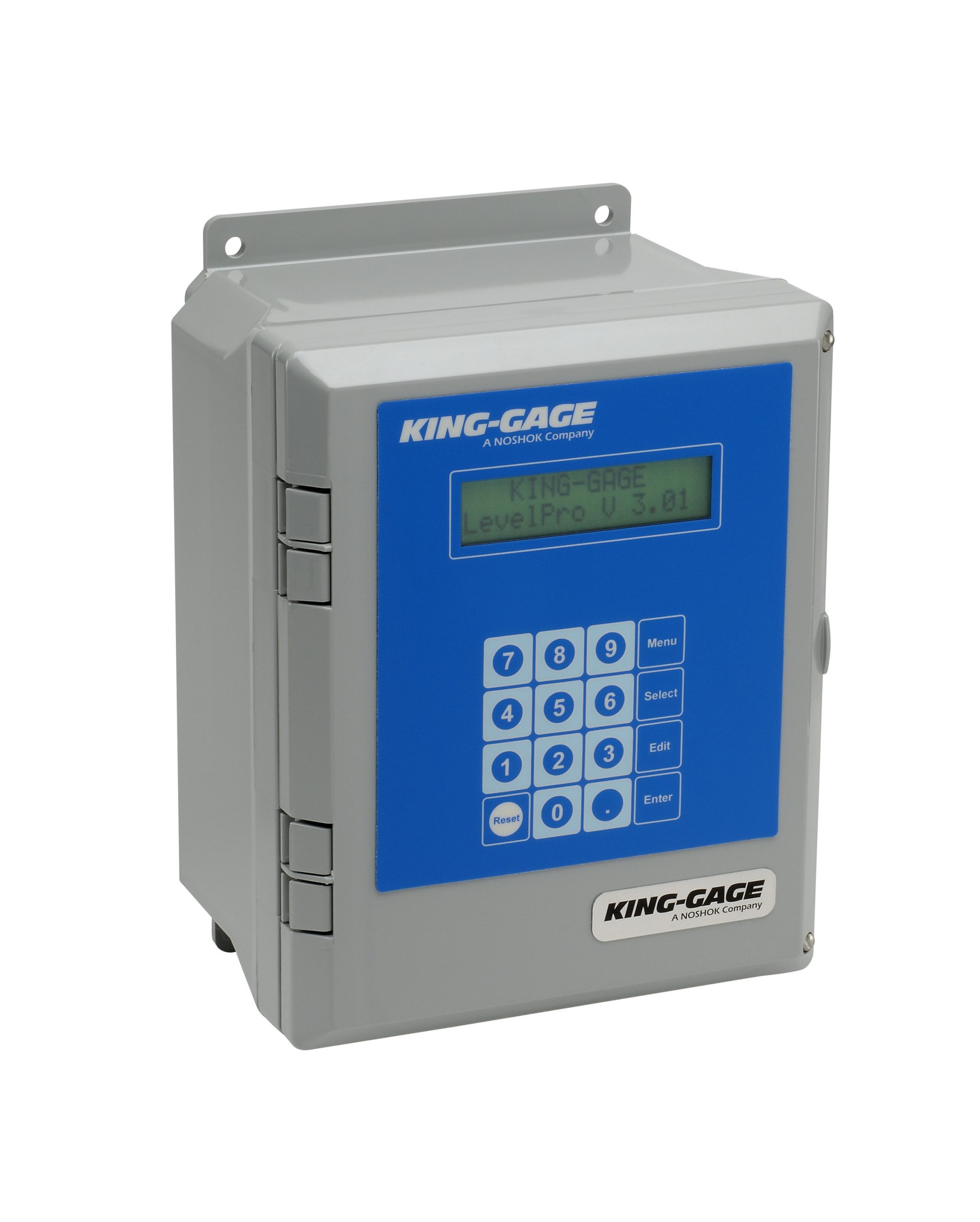
No two processes are the same — that’s why a wide range of sensor technologies exists, each engineered to suit specific process conditions and liquids.
- Ultrasonic level sensors
Use a sound wave emitted from a transducer, which reflects off the surface of the liquid. The time delay determines the distance, enabling non-contact readings. Ideal for non contact measurement in chemical or aggressive environments. - Capacitance level sensors
Measure changes in capacitance between a probe and the tank wall or reference electrode. Perfect for conductive liquids and media with a low dielectric constant. - Optical sensors
Rely on infrared light emitted from a diode, disrupted by the presence or absence of liquid. These are used for binary, quick-acting point level detection in tight spaces. - Guided wave radar
Offers continuous level data even under high pressure, temperature, or foam interference. Suitable for both liquids and bulk solids. - Ultrasonic sensor (standalone or integrated)
Also used for interface control in two immiscible liquids, especially where the liquid surfaces are turbulent or opaque.
Each technology has a defined measuring range, sensitivity to temperature and pressure, and unique strengths depending on the measuring principles at play.
Smart Design for Diverse Challenges
Choosing the right sensor goes beyond media compatibility — it’s about enduring real-world obstacles:
- Sensors must resist corrosive liquids and cope with high temperatures
- Performance cannot be affected by foam, air bubbles, or dusty environments
- The ideal sensor must adapt to variable frequency, interface, and probe immersion scenarios
- Installations in hygienic applications require non-intrusive, cleanable, low-contamination designs
AMS ensures the right technology is matched to your process — no matter how complex or unique your tanks, media, or control requirements.
From Probe to Performance: Real-World Application Scenarios
Let’s bring it to life with examples from our field experience:
- Monitoring nitric acid in enclosed chemical tanks using guided wave radar
- Detecting rising foam in milk pasteurisation with an optical point level sensor
- Managing slurry flow in mining using robust ultrasonic level technology
- Using a conductive probe to measure level in conductive water during flocculation
- Handling bulk solids in grain silos with continuous level radar devices
Each scenario is unique — and so is our sensor selection process.
Why AMS is the Partner of Choice for High-Accuracy Sensing
AMS delivers more than just components. We offer end-to-end solutions that include:
- Expert guidance to determine the most suitable level sensor
- Custom calibration for specific process conditions and media
- Integration with existing control and automation platforms
- Technical support across industries, from chemical to food processing
Our systems are built for high accuracy, resilience, and full lifecycle performance.
When Precision Matters Most — We’ve Got You Covered
Whether you’re overseeing a chemical plant, a treatment facility, or an automated packaging line — level measurement is the heartbeat of safe, efficient operation. A single failed sensor could lead to spills, downtime, or worse.
AMS provides tailored, accurate, and industrial-grade sensor systems built for Australia’s toughest environments.
Need expert advice or a custom instrumentation setup?
Let us help you find the right level sensor solution for your application.
Visit our Contact Us page to speak with a qualified instrumentation expert today.

